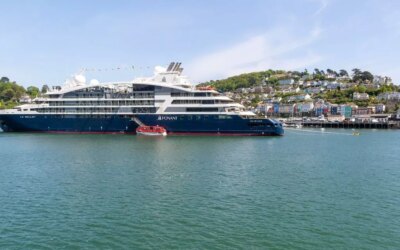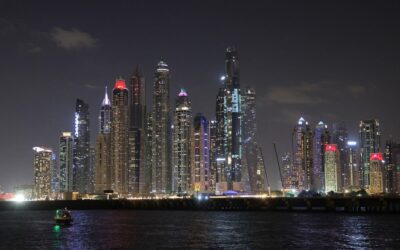The Alhambra, Granada’s magnificent palace/fortress, has pulled off a cultural coup, acquiring a canvas of the Patio de Lindaraja which has been in the possession of Sorolla’s family for a century.
Andalucía’s most-visited monument, the Alhambra receives three quarters of a million tourists each month during the summer.
Joaquín Soralla (1863-1923) is one of Spain’s greatest painters. During the Edwardian period, he formed a passion (some would say an obsession) with the glorious architecture of the Alhambra.
He painted 47 canvases onsite in the opening years of the 20th century.
The Alhambra’s Board of Trustees has expressed its delight and pride in having purchased this painting, which Sorolla refused to part with, and which he regarded as ‘the best of all those he painted in the Alhambra’. The asking price was €730,000.


Until now, the painting belonged to the family of the brilliant Valencian Impressionist, but negotiations to acquire it came to fruition at the end of April.
The oil on canvas dates from 1909, during one of Sorolla’s first visits to Granada with the idea of painting.
It is a view of the courtyard from the viewing point of the same name, with its fountain in the foreground and a high angle, the vegetation surrounding it, and its northern facade in the background, corresponding to the so-called Rooms of Charles V, the Emperor.
Sorolla subsequently returned to Granada in 1910 and 1917 and signed up to five works dedicated to that courtyard, which indicates how deeply it impressed him.
In 1911, the painting, now purchased by the Alhambra Trust, was exhibited at the Art Institute of Chicago and the City Art Museum of St. Louis (United States).
It has since travelled to Valencia, Granada, Madrid, Paris, and Ferrara (Italy), and is much sought-after for exhibitions all over the world.
The Alhambra Board of Trustees believes it was important to purchase the painting “to continue and expand” its art collection, which, up until now, had no physical artwork by someone so closely linked to the monument and the city and who is also undoubtedly “an artist of international standing”.


The Patio de Lindaraja takes its name from the beautiful viewpoint that dominates its southern face, the entire exterior facade of the Palace of the Lions, which, until the 16th century, remained open to the landscape.
From then on, what must have been a low, open garden was enclosed by the three bays of the Emperor’s Rooms, with porticoed galleries on the ground floor for which columns from other parts of the Alhambra were used, thus creating a cloister-like feeling accentuated by the garden’s design and the fountain located in its centre.
This fountain, made of Sierra Elvira stone with a Baroque design on its base, parapet, and pilaster, housed, from at least 1626 until March 1995, when it was dismantled for restoration and conservation at the Alhambra Museum, a beautiful Nasrid marble cup with gadroon decoration and an epigraphic inscription, probably intended for the Palace of the Lions itself.
Joaquín Sorolla y Bastida was a Spanish impressionist painter who excelled in the painting of portraits, landscapes, and monumental works of social and historical themes.
He is famous in Spain for his beach scenes.
READ MORE:
His most typical works are characterized by a dexterous representation of the people and landscape under the bright sunlight of Spain and sunlit water.
He was born in Valencia, the eldest child born to a tradesman, also named Joaquín Sorolla, and his wife, Concepción Bastida. His sister, Concha, was born a year later.
In August 1865, both children were orphaned when their parents died, possibly from cholera. They were thereafter cared for by their maternal aunt and uncle, a locksmith.
He received his initial art education at the age of 9 in his native town.
At the age of eighteen he travelled to Madrid, vigorously studying master paintings in the Museo del Prado.
Today, his own works hang proudly in Spain’s most important art museum.


















